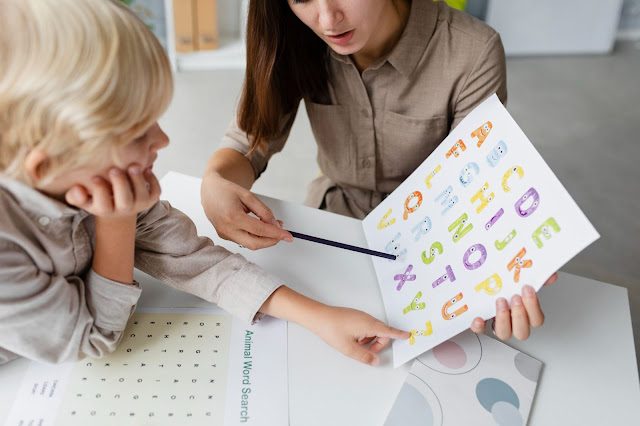The Benefits of Collaborative Learning: A Student's Guide
Collaboration learning for students is an approach to teaching in which students work together to understand a concept, develop a product, or solve problems. It is not uncommon for students to interact with each other while they are learning to ask for information, evaluate ideas, and monitor one another's progress.
You may be wondering, what are the benefits of cooperative and collaborative learning? The benefits of collaborative learning are numerous. In general, we can categorise them according to their social, academic, or psychological benefits.
Similarly, collaboration is a term that accurately describes educational approaches involving the collaboration between students or students and teachers.
While we all work together, we are all accountable to each other and responsible for our actions. In collaborative learning, students can communicate face-to-face, or they can use technology (chat rooms, online forums). Through collaborative teaching and learning, students cooperate aggressively by sharing experiences and taking on different roles.
Cooperative learning involves collaborative writing, group projects, problem-solving, discussions, study groups, and other activities. The following are some of the benefits of collaborative learning for students:
Develop problem-solving skills
In collaborative learning, an educational task is clearly defined with instructions that encourage students to discuss the work to come up with solutions. As part of the discussion, they should listen attentively to the comments made by the other group members.
Furthermore, they can reevaluate their views and come to conclusions by contributing to the sharing. Group discussions can sometimes be controlled by the loudest individual, but students must be systematic by allowing everyone the opportunity to speak; they also stipulate a time limit to avoid dominance.
As a result of the requirement that students provide answers to the project at hand, they should actively participate in researching the project and examining all possible solutions to arrive at the correct solution to arrive at the desired conclusion, thus improving their ability to solve problems.
Encourages critical thinking
In an active collaborative learning environment, instructors are responsible for transmitting information while facilitating the learning process, so that students can develop and increase their learning capacity.
As part of this process, we create and handle meaningful learning experiences to stimulate students to think through actual and existent problems. By participating in discussion forums, students are required to clarify their ideas, views, and opinions before making a conclusion. Thus, it fosters critical thinking skills through the interpretation of ideas and assessing other students' opinions.
Promotes social interaction and diversity
As part of collaborative learning, different strategies are used such as the Jigsaw technique, which involves dividing a task into subtasks. Jigsaw techniques involve designing classroom activities, so students rely on one another to complete them. As with a jigsaw puzzle, the students are divided into groups, and each group completes a piece of the task.
Using the Jigsaw strategy, the instructor assigns students to different skill levels, and they enthusiastically help each other to shape understanding.
A meeting between students from different groups is needed in order to efficiently handle the task. By working together as a team, students become experts in their assigned subject areas. After the lesson, students go back to their class and teach others.
Develop self-management skills
To learn collaboratively, you need to make good decisions. When working in a group, you must be willing to break down a difficult task or assignment so that you can find a solution. Self-managers must be good problem solvers, capable of thinking through challenging tasks, studying problems, and analysing and scrutinizing solutions.
The ability to manage yourself well at work is one of those qualities that helps you feel and perform better at work. By developing self-management competencies, you can interact professionally and competently with colleagues, managers, and even clients.
Conclusion
The benefits of collaborative learning include not only improving academic performance but also developing social skills and learning together, which improves relationships with classmates. At K.R. Mangalam World School, Best nursery school in bahadurgarh, collaborative learning is an integral part of the teaching plan.
As a result, the students will be more engaged in the learning process rather than passively taking notes. By working in groups, they learn about their strengths and weaknesses. Interaction with peers teaches them new ways to handle problems. In addition to enhancing the learning process, collaborative learning makes students happy as well.




Comments
Post a Comment